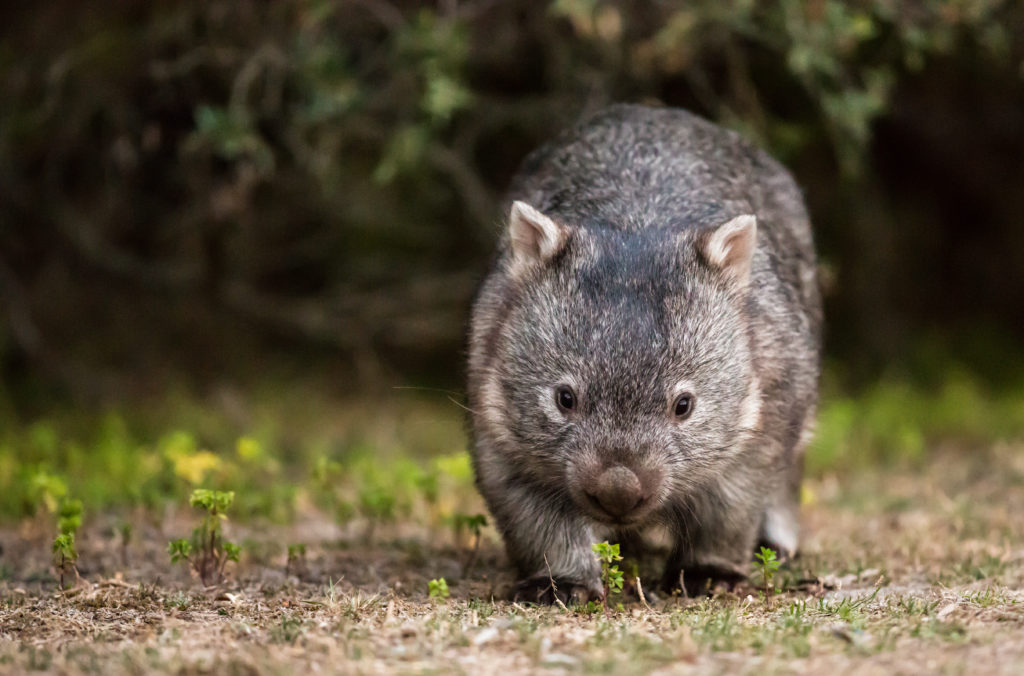
The Great Eastern Ranges has joined forces with WIRES to assist spotted-tailed quolls, greater gliders, masked owls and other animals which are still recovering from the devastating 2019-2020 bushfires across southeast Australia.
Glideways, Flyways and Stepping Stones will involve a suite of community-led projects to support wildlife and protect, restore and reconnect their habitat in the Border Ranges and Upper Clarence, Greater Blue Mountains and NSW South Coast.
More than 22 species of wildlife impacted by the Black Summer bushfires will be supported through the project over the next two years, including endangered and vulnerable native animals as well as common species.
Activities will include the identification of suitable areas for regeneration of natural habitat, installation of nest boxes and activities that build the resilience of our landscapes to future climate disasters.
WIRES Chief Operating Officer, Kyla Shelley said “GER had the foresight to begin working on connectivity conservation 15 years ago, to protect natural resources across eastern Australia and stem the loss of native species. WIRES is looking forward to working closely with the GER and their regional partners to address the major threat of habitat loss impacting wildlife which has been exacerbated by the recent floods, fires, long-term drought, and climate change.”
“Through increased collaboration between landowners, conservation groups and governments at all levels, we can maximise the quality and biodiversity of available habitat in key locations, to rebuild and grow wildlife populations.”
According to GER Chief Executive Officer Gary Howling, “Our partnership with WIRES will enable a growing network of landholders and other conservation organisations to work closely with carers to support the recovery of our habitats and wildlife. A focus of our efforts will be to restore locations that can serve as suitable release sites.”
“We will be using best practice science and trialling innovative approaches to support the recovery of wildlife and build resilience in the face of future climate disasters. This includes the use of scent detection dogs, drones and acoustic monitors for site assessments and to track the recovery of animal populations.”



 Media release
Media release